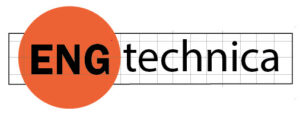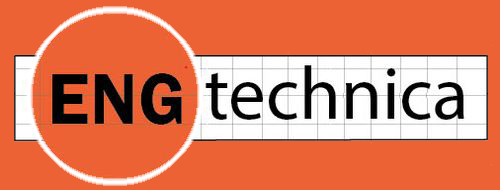COMSOL, the last major independent simulation vendor, continues to maintain a torrid pace of innovation, adding to its lead among all multiphysics simulation software suppliers with the release of COMSOL Multiphysics Version 6.3. This latest update introduces features that enhance modeling efficiency and simulation speed (GPU-accelerated acoustic computations), improve the user experience, plus add a ton of functionality, such as with the dedicated Electric Discharge Module.
Electric Discharge Module
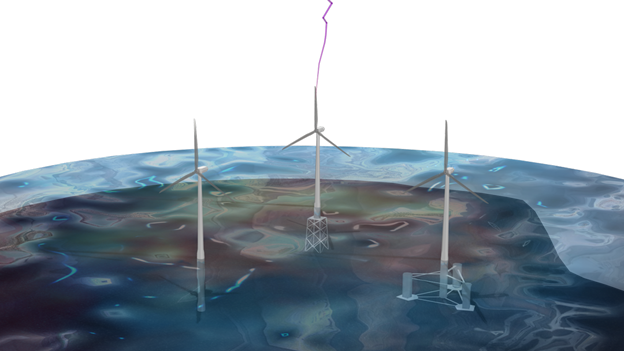
New in COMSOL Version 6.3 is the Electric Discharge Module, which lets you analyze electric discharges, such as lightning, and arcs, such as arc welding. The analysis strings together a variety of physics and considers the complex behavior of various materials. (solid, liquids, gases in a material library), plus phase changes, chemical reactions, and short total time duration, which requires infinitesimal time steps as low as sub-nanoseconds to evaluate transient activity and boundary conditions near electrodes. The Electric Discharge Module can interface with electrical circuits to analyze reactions to electrical components using 2D or 3D field models or by importing data in SPICE format.
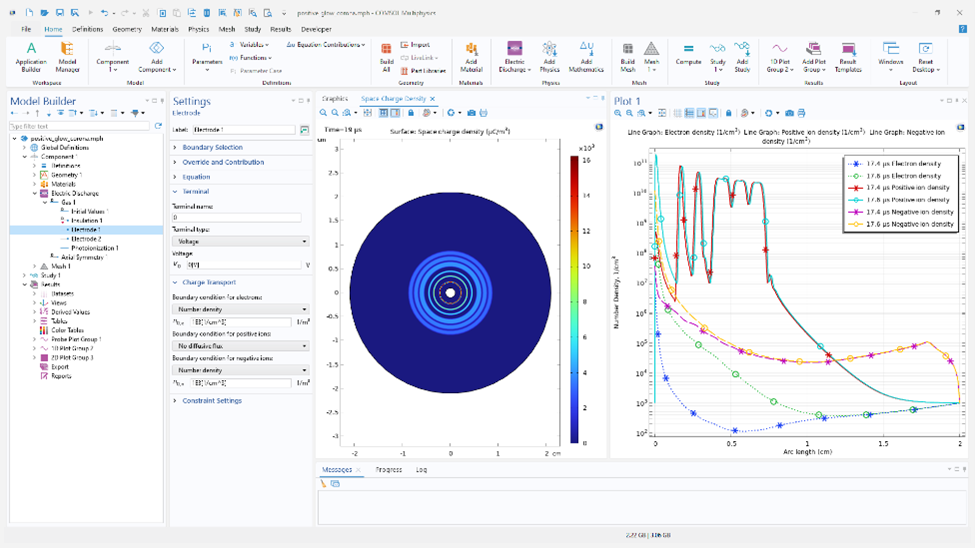
GPU-Accelerated Simulations
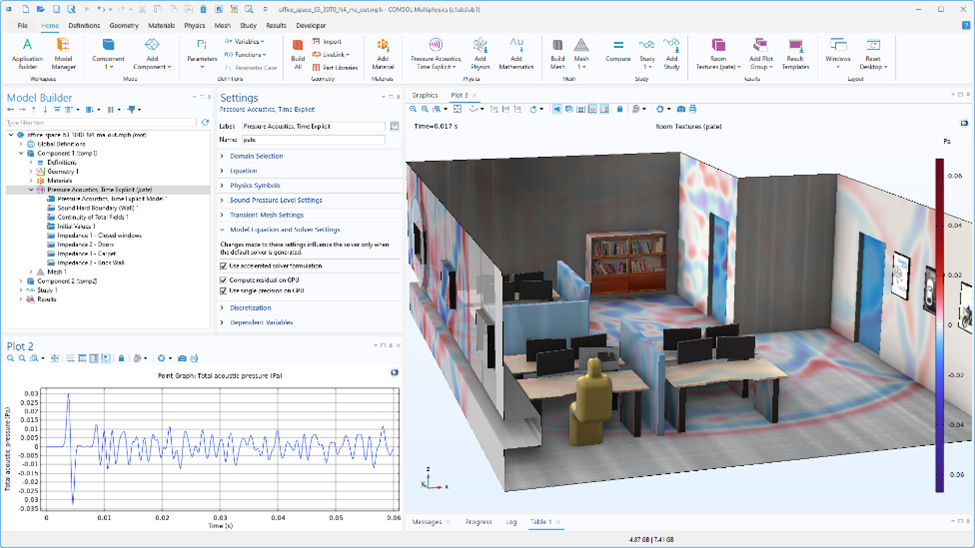
Version 6.3 introduces GPU acceleration for transient acoustics simulations, bringing a performance boost of up to 25 times compared to CPU-based computations. GPU acceleration is now available across key modules:
- Automotive and architectural acoustics.
- Consumer electronics
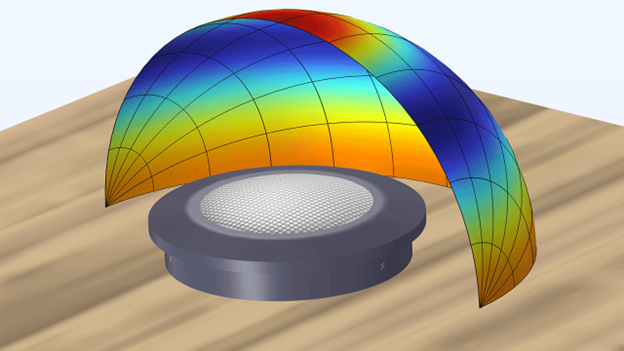
Geometry Preparation and Automation
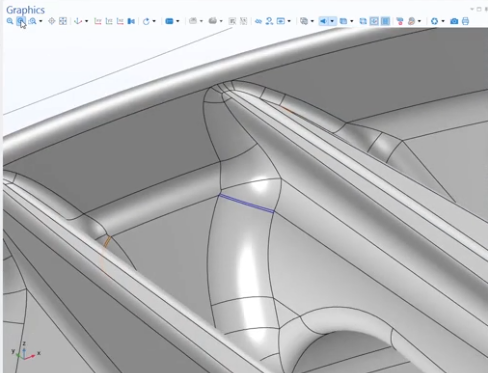
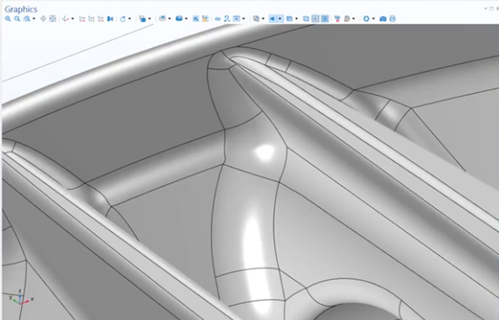
Importing CAD models into COMSOL Multiphysics has been streamlined with advanced geometry preparation tools. Key features include:
- Automated Defeaturing: The software removes irrelevant details such as small fillets and holes, simplifying the model while preserving essential geometry.
- Error Correction: Automatic identification and fixing of geometric issues such as gaps, overlaps and misalignments.
- Simplified Meshing: Cleaned-up geometries lead to better-quality meshes, which improve simulation accuracy and stability.
Interactive Java Environment
The addition of an interactive Java environment in Version 6.3 provides advanced users with new opportunities for customization and automation. Highlights include:
- Dynamic Model Modifications: Users can programmatically alter models during simulations, creating adaptive workflows.
- Chatbot-Assisted Coding: A built-in chatbot tool simplifies programming in the COMSOL API by providing code snippets and answering user queries.
Application-Specific Improvements
The updates in Version 6.3 extend across multiple domains, enriching the simulation capabilities of the platform:
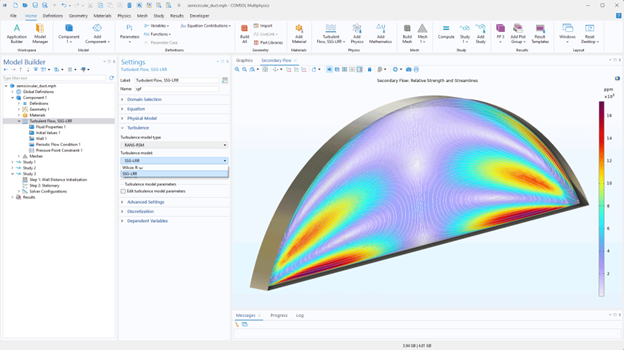
1. Fluid Flow Modeling
- Reynolds-Stress Turbulence Models: Introduced for more accurate simulations of anisotropic and separated flows, these models are essential for industrial processes involving heat exchangers, reactors and aerodynamics.
- Free Surface Flow Improvements: Enhanced tools for modeling interfaces between immiscible fluids, particularly in simulations involving mixing, sloshing and coating.
2. Electromagnetics Simulations
- Electrostatic Forces for MEMS: Improved methods for calculating forces and torques in MEMS devices result in better optimization of designs.
- Laminated Iron in Motors and Transformers: New tools for accurately modeling magnetic losses and thermal effects in laminated iron cores.
- Transmission Line Modeling: Enhanced RLGC parameter extraction for RF and microwave devices ensures better performance predictions.
3. Structural Mechanics
- Thin Structure Electromechanics: Enables precise modeling of piezoelectric and electrostatic effects in thin structures, such as sensors, actuators and energy harvesters.2
- Stress Recovery: Improved algorithms for stress recovery provide more detailed insights into structural integrity.
4. Wave Optics
- Periodic Structures Workflow: Simplifies simulations of photonic crystals, diffraction gratings and metasurfaces, speeding up workflows while maintaining accuracy.
- Nonlinear Optics: Improved modeling of nonlinear optical phenomena, essential for laser design and telecommunications.
5. Surrogate Modeling
- Efficient data sampling tools have been introduced for surrogate model generation, providing approximate results for complex simulations with reduced computational effort. This feature benefits optimization studies and parametric sweeps.
Enhanced Usability
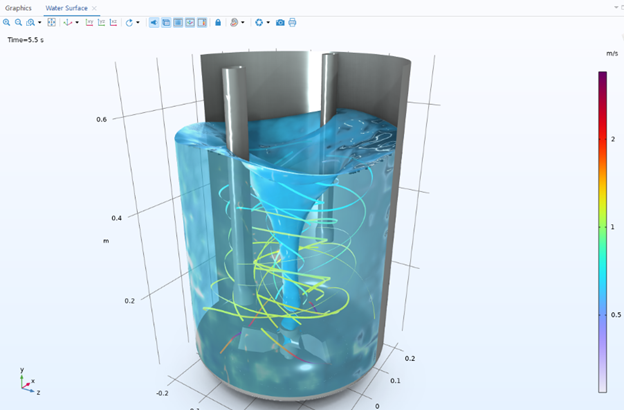
Version 6.3 also emphasizes user accessibility and collaboration:
- Improved Model Manager: Expanded version control and tagging capabilities make it easier to organize, search and collaborate on simulation projects.
- Visualization Updates: New rendering options for clearer presentation of results, including dynamic visualizations for transient and multiphysics simulations.
- Documentation and Training: Updated resources, tutorials and examples have been added, facilitating faster onboarding for new users.
About COMSOL Multiphysics
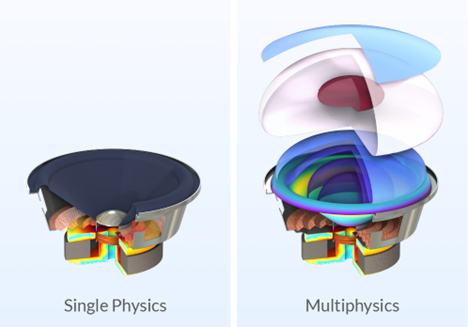
COMSOL Multiphysics allows its users to model, analyze and optimize designs across a broad spectrum of industries. Its defining feature is the ability to couple multiple physical phenomena—mechanical, electrical, thermal, fluid and chemical processes—within a single model. This approach is not only convenient but accurate since there is no data lost when converting from the output of one solution to the input of another.
Core Components:
- Model Builder: The central interface for constructing, solving and evaluating models.
- Application Builder. COMSOL alone allows its users to create apps tailored to specific simulations so that more users can apply the COMSOL solver without needing to have and learn the complete COMSOL program.
- Model Manager: Organizes and tracks versions, ensuring streamlined workflows and robust collaboration.
This software is widely used in various industries, including renewable energy and electronics, automotive and aerospace, and it is used to simulate just about anything, including wind turbines, battery design, and all sorts of cons
